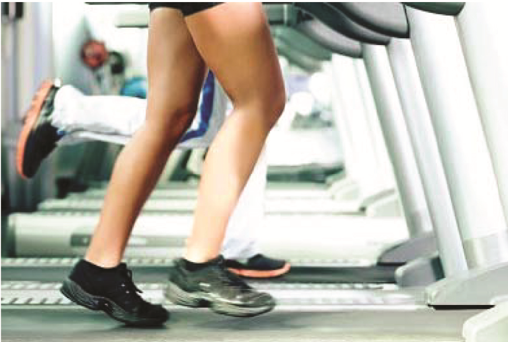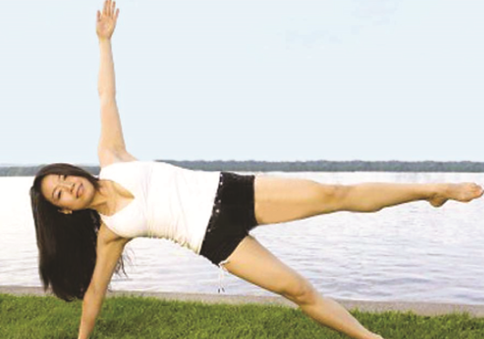Download PDF, 1.57MB, PDF
My Aching Muscles
Almost everyone would have experienced muscle soreness at some point in his or her life . Often enough, it lingers for a few days before it goes away. The pain can range from being mild to unbearable and occurs almost anywhere in the body.
Muscle soreness is usually caused by tension, stress, overuse or minor injuries. There may also be other causes, including:
- A workout that was too hard for you
- Exercising after a prolonged period of rest or sedentary lifestyle
- Improper exercise techniques
- Worn out or inappropriate shoes
- Muscle imbalance due to insufficient conditioning
Do You Have Muscle Soreness?
- Are you getting sore and pain from just one to two hours of standing or walking?
- Do you have muscle imbalance?
- Are you sitting, standing or walking correctly?
- Are you wearing the right shoes?
- Is your running technique right?
- Are you swinging your golf club correctly?
Managing Muscle Soreness
This discomfort with muscle soreness typically increases gradually between 24 to 48 hours after rest and this is perfectly normal.

To reduce the pain, allow your muscles to rest. Active recovery with low-intensity and low-impact exercises such as a slow jog and swimming can help you to recover faster. Stretching, massaging or icing may also be helpful in the recovery process.
1. Get Your Movement Mechanics Right
Bad habits and improper exercise techniques put additional stress on muscles and joints that are not conditioned to do the work. This leads to aches and pains that come and go. If not corrected, it might eventually turn into overuse injuries. Video Analysis is one of the effective tools used for more accurate diagnosis of any faulty running technique.
2. Fix That Muscle Imbalance
Muscle imbalance can lead to frequent shoulder, back and knee pain even when you are not exercising. Correct strength and conditioning exercises targeting those weak muscles can help to resolve the problem and prevent re-occurrence.

3. Wear the Right Shoes
Shoes are usually made for specific uses such as walking or running. Some lifestyle shoes might be suitable for walking but not running. Likewise, certain running shoes might not be suitable for people who require long hours of standing.
Worn out and inappropriate shoes make your movement inefficient and may cause injuries. It is important to choose a properly fitted shoe with the right amount of support according to your foot type. Get your foot type analysed to see what kind of shoes are most suitable for you.
Good Exercise Habits
1. Exercise Progression
- Do not increase your training load too much or too quickly.
- Increase load only when you are able to perform a slightly increased load in two consecutive workouts (2-for-2-rule)
2. Engage in Different Activities
- Play different sports and engage in a variety of physical activities to maintain general conditioning of different muscle groups and prevent overuse injury on a single group of muscles
- 3. Get Enough Rest
- Get lots of rest after exercise. Include rest and light recovery exercises into your exercise programme.
- If you are lifting weights, avoid working the same muscle group on consecutive days.
4. Warm-up
- Warm-up exercises can reduce the chance of getting muscle soreness, prevent injury and enhance muscle performance.
- Always perform a general warm-up to increase your core body temperature, followed by a sports specific warm-up before starting exercise.
5. Hydrate Yourself Adequately
- Drink plenty of water to prevent muscle soreness.
- Fluid replacement should start before, during and after exercise.
- For activities that last more than an hour, it is recommended to replace fluid with sports drinks.
